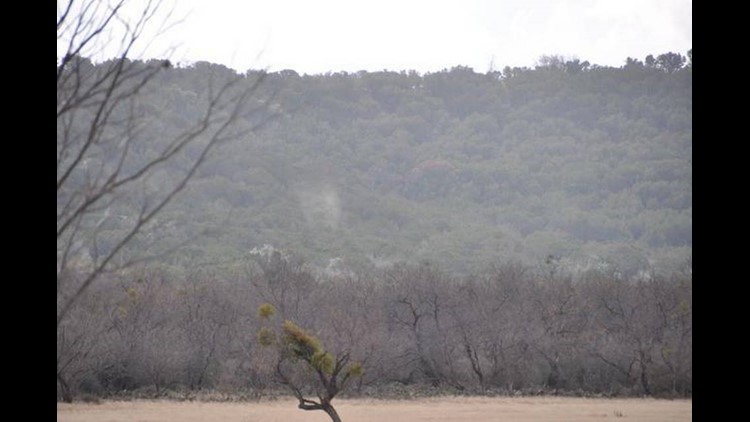It's spring-like outside with sunny skies and temperatures climbing into the 70s.
What could possibly make anyone stay inside?
Mountain cedar, of course, the culprit behind those itchy eyes, runny noses and non-stop fits of sneezing.
"It's kind of unfair," said Fort Worth allergist Robert Rogers. "The weather is really pretty but it's exactly the days we want to be outside that the pollen counts climb."
Fueled by southerly winds that blow the pollen up from the Hill Country, the pollen counts typically soar from December through February when mountain cedar, also known as ashe juniper, unloads clouds of irritant.
Earlier this month, the pollen counts were kept down by cold, wet weather. But as the temperature climbs, so do the pollen counts.
On Tuesday, the mountain cedar count was 1,643 grains per cubic meter in Dallas, the highest this season and higher than any day last season.
Click here to read much more on solutions to mountain cedar allergies and predictions of how long sufferers may have to wait for relief from our content partners at the Star-Telegram.



